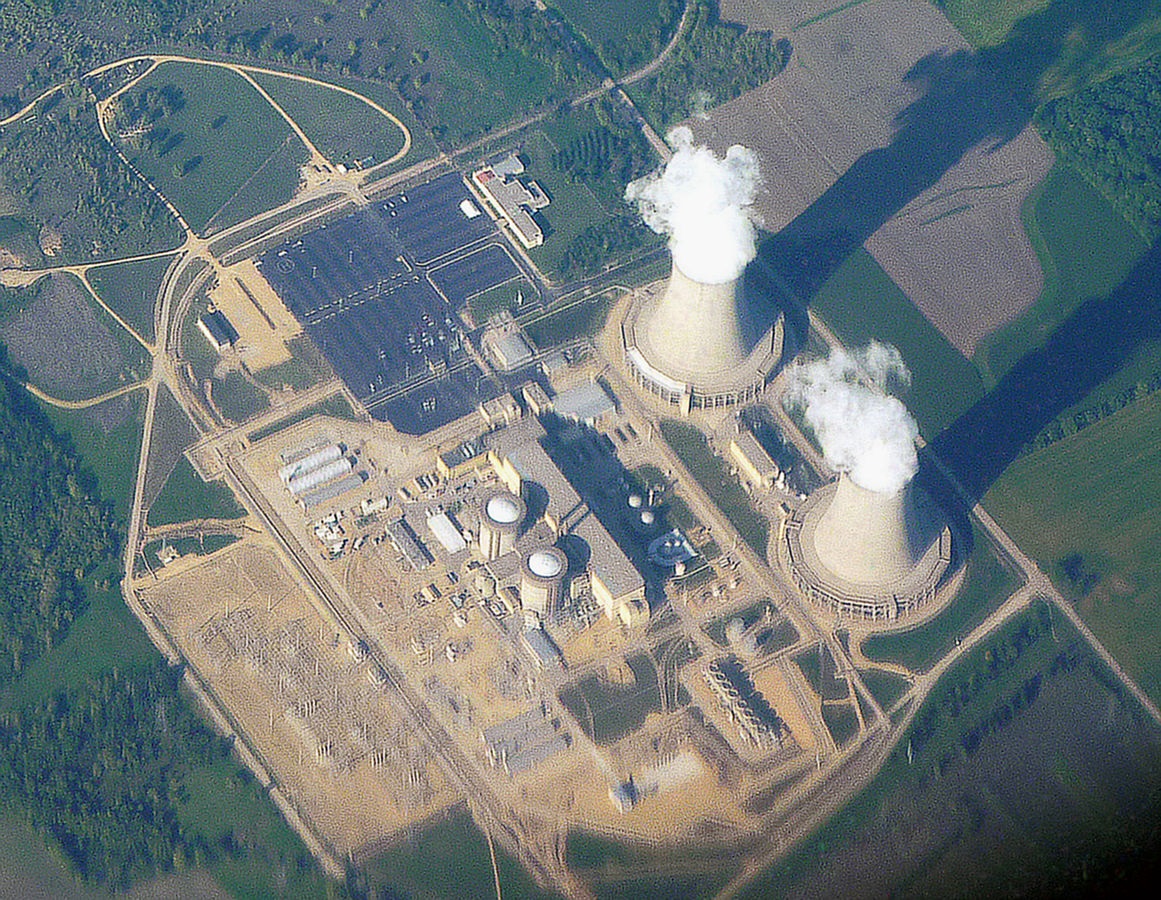The safety of nuclear power plants has been hotly debated. Adverse health effects of nuclear accidents have been documented where large amounts of radioactive materials have been emitted into the environment. One big question that remains is whether there are dangers to the health of people living near a normally operating nuclear power plant.
There have been studies in France and Germany that indicate that children mainly between the ages of two to four who live within three miles of an operating nuclear reactor are twice as likely to develop acute leukemia those who do not live close to a reactor. U.S. authorities cite a twenty five year old study that concluded that “From the data at hand, there was no convincing evidence of any increased risk of death from any of the cancers we surveyed due to living near nuclear facilities.” It is about time that that new studies tested this old hypothesis.
Last week, the results of a controversial study by the World Business Academy were released. The study found that the baby teeth of children who lived near the Diablo Canyon nuclear power plant contained one third more Strontium-90 than the baby teeth of California children who did not live near a nuclear power plant. Strontium-90 is a radioactive isotope that can cause bone cancer and leukemia. The study covered the period from 1979 to 1997.
In addition to the findings about the baby teeth, the study also found that there were increased rates of disease and death from infant mortality, cancers in children and cancers for all age groups in the county where the Diablo Canyon reactor is located when compared to other counties in California. The researchers admit their study does not prove conclusively that the federally permitted level of radiation release at Diablo Canyon caused the difference in public health but the Diablo Canyon reactor is probably a contributing factor. They point out that when the Rancho Seco nuclear power plant in Sacramento County was shut down in 1989, the abnormal local death rates declined back to the average for California.
Of course Pacific Gas & Electric which operates the Diablo Canyon nuclear power plant dismissed the study saying that the conclusions were based on prior discredited research. The author of the study report has been attacked in the past with accusations of being highly selective in his choice of relevant data. The nuclear industry in California continues to maintain that nuclear power is safe and no threat to public health. They point to the fact the NRC has stated that Diablo Canyon is being operated within NRC standards and is no danger to the public.
Researchers from the National Academy of Sciences will meet at Irvine’s Beckman Center to consider the question of whether or not living next to a nuclear reactor is bad for your health. The two million dollar study is going to examine the health data of people living near the shuttered San Onofre Nuclear Generating Station and six other nuclear power plants across the U.S. The Irvine meeting is just the first in a series of meetings that will take place in different states to provide information to and the opportunity for comments from the public.
Even before the study is underway, there are charges that the results will not be objective because of the regulatory capture of the Nuclear Regulatory Commission by the U.S. nuclear industry. On the other side of the debate, critics of the Diablo Canyon study question its scientific validity and claim that opponents of nuclear power are trying too hard to find reasons for ending it. Hopefully this new study will help answer questions about health dangers of living near nuclear reactors.
Diablo Canyon Power Plant:





